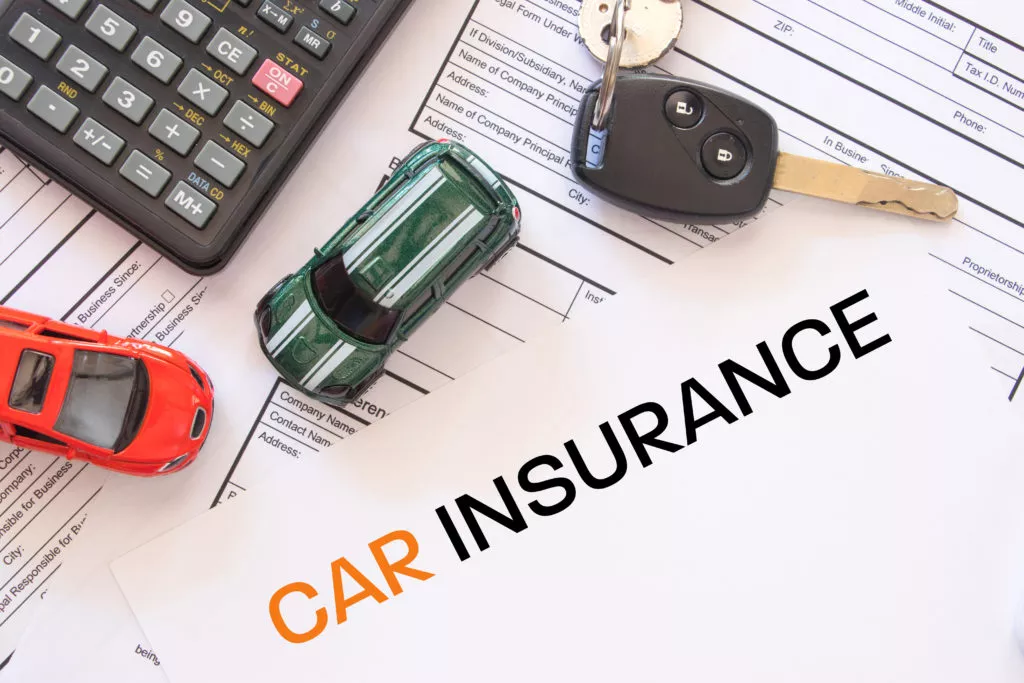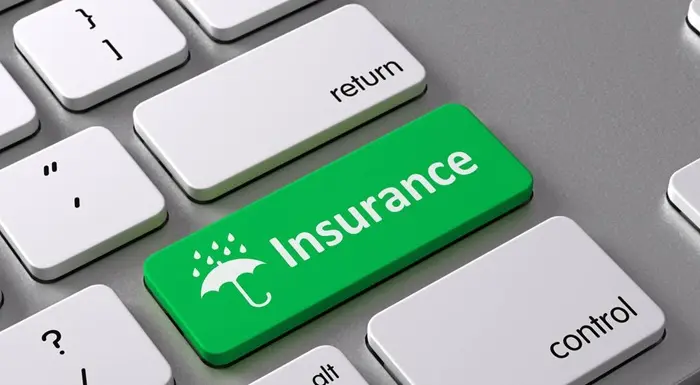Understanding your insurance effective date is crucial for managing your policy correctly, ensuring your coverage is active when you need it, and avoiding unexpected gaps in protection. The effective date marks the beginning of your insurance coverage — the exact day your insurer starts providing protection according to the terms of your policy. Knowing how to find and verify this date can save you from costly misunderstandings, especially in urgent situations like accidents or claims.
In today’s evolving insurance market, policies can be complex, and terms vary significantly among providers. Therefore, it is essential to have a clear grasp of your policy’s timelines. Many policyholders find themselves confused when they receive their insurance documents and fail to locate the effective date or understand what it means for their coverage.
This comprehensive guide will walk you through the process of identifying your insurance effective date with detailed steps and practical tips. Whether you purchased insurance online, through an agent, or via a corporate benefit program, this guide applies to all types of insurance policies, including health, auto, home, and life insurance.
Additionally, this article will highlight the importance of the effective date in relation to the insurance price and premium calculations, as well as its connection to the claims process. By the end, you will have a clear understanding of how to track and confirm your policy’s start date, helping you maintain peace of mind and full awareness of your insurance coverage.
What is an Insurance Effective Date?
The insurance effective date is the official start date when your insurance coverage begins. From this day forward, the insurer is responsible for providing the protections and benefits stipulated in your policy. Any incidents that occur before this date generally are not covered.
This date differs from the policy issue date or the date the insurance contract is signed. The effective date is specifically when the policy becomes active, which might be immediate or set to start on a future date.
Why Is Knowing Your Insurance Effective Date Important?
Knowing your effective date helps you:
Avoid coverage gaps: You won’t be uninsured when you think you are protected.
File claims properly: Claims can only be made for events after this date.
Understand premium billing cycles: Premiums are calculated based on your coverage start date.
Coordinate multiple policies: Helps avoid overlap or conflicts with other insurance you hold.
How to Find Your Insurance Effective Date
Step 1: Locate Your Insurance Policy Documents
The first step in finding your insurance effective date is to gather all your policy documents. This may include:
The physical insurance policy booklet or contract
Insurance cards or certificates of insurance
Welcome letters or emails from your insurer
Online account documents, if you purchased your insurance digitally
Your effective date is usually printed on the declarations page (often the first or second page of your policy), which summarizes key information about your coverage.
Step 2: Identify the Section Showing the Effective Date
Within your policy documents, look for headings such as:
Effective Date
Policy Period
Coverage Dates
Declarations Page
The effective date is often paired with the policy expiration date to indicate the full coverage period. If you have trouble locating this section, your insurer’s customer service can assist you.
Step 3: Check Your Insurance Card or Certificate
Some types of insurance, like auto and health, issue cards that include the effective date. These cards provide quick reference to your coverage start date and sometimes the expiration date. This can be especially helpful in emergencies or when you need to show proof of insurance.
Step 4: Review Your Insurance Email Confirmations or Online Account
If you bought insurance online or renewed your policy digitally, check your email inbox for confirmation messages from your insurer. These often include your effective date. Additionally, logging into your insurer’s online portal or mobile app can provide detailed policy information, including effective dates.
Step 5: Contact Your Insurance Agent or Provider
If you are still unsure, the simplest solution is to contact your insurance agent or customer service representative. Provide them with your policy number and personal details, and they can confirm the effective date for you. Many insurers also offer live chat or phone support for quick answers.
Step 6: Understand Special Cases Affecting the Effective Date
In some cases, the effective date can be influenced by:
Payment timing: If your first premium is not paid immediately, the policy may not become active until payment clears.
Backdating or future dating: Some policies allow backdating to cover past events or future dating for delayed coverage.
Conditional effective dates: Some coverage starts after certain conditions, such as medical exams or inspections.
Step 7: Keep Records for Future Reference
Always keep a copy of your policy documents and effective date confirmation in a safe place. This ensures you can quickly verify your coverage if questions arise about claims or billing.
Conclusion
Knowing how to find your insurance effective date is essential for managing your coverage confidently and avoiding any surprises during the policy term. By following these step-by-step instructions—locating your documents, reviewing cards and emails, and contacting your insurer—you can clearly establish when your protection begins.
Understanding this date not only helps you with claims and premium payments but also provides clarity in the complex insurance trading environment. Remember to regularly check your policy details and stay informed about your insurance to ensure continuous and reliable protection.
Related topics:































